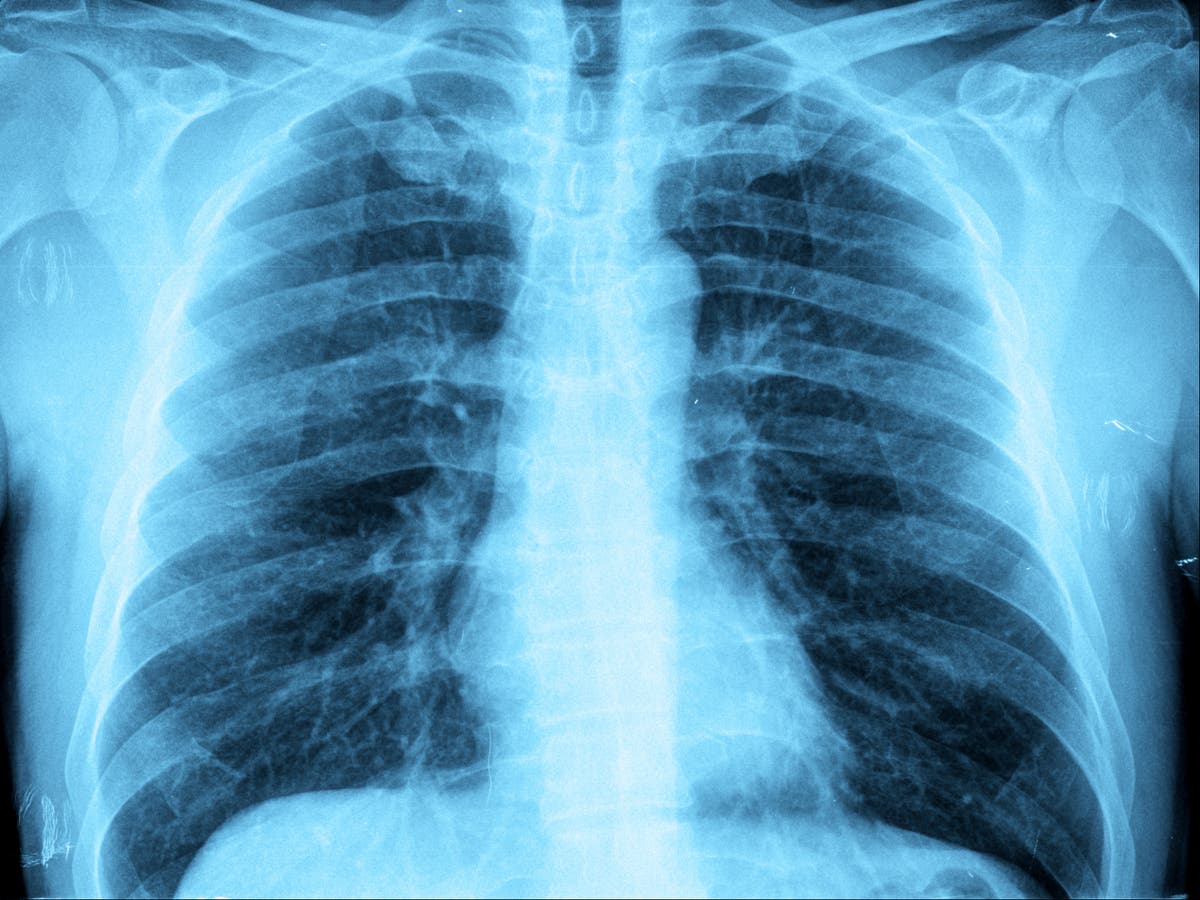Health authorities in Ohio have alerted in recent days of a paediatric surge of cases of pneumonia in the state.
The Warren County Health District reported 145 cases of pneumonia in children aged three to 14 since August, categorizing the spread as an “outbreak” due to the above-average case volumes.
Recent media reports drew comparisons between the spike in cases of mycoplasma pneumonia, known as “white lung syndrome,” in Ohio and China. However, health officials in Ohio have cautioned that the outbreak is not linked to China’s, indicating that the strains seen in Ohio are not spreading globally.
While cases have increased in Ohio, medical experts stated that the trend was somewhat anticipated as part of the flu season, potentially aggravated by the relaxation of COVID restrictions.
Dr. Clint Koenig, a family physician and medical director at the Warren County Health Department, emphasized that the cases of pediatric pneumonia in Ohio are not a new virus but rather strains that have already circulated in the US. The district reported that most affected children are recovering at home, with no related deaths recorded.
Here’s a breakdown of what you need to know about both outbreaks — and why officials believe they’re not linked:
China sees childhood pneumonia wave; officials tamp down outbreak fears
What strains of pneumonia are circulating in Ohio?
The Warren County Heath District listed streptococcus pneumonia, adenovirus, and mycoplasma pneumonia as the main pathogens detected so far.
Meanwhile, cases in China included respiratory illnesses such as influenza, rhinoviruses, and mycoplasma pneumonia. Mycoplasma pneumonia cases in Denmark reached epidemic levels, with new cases emerging rapidly, leading to the term “white lung syndrome” due to the appearance in x-rays of patients with pneumonia. Medical professionals stressed that this designation is a buzzword and not used in diagnosis.
Health authorities in the US communicated with counterparts in China, concluding that the outbreak in Ohio seems driven by the usual mix of respiratory viruses circulating during colder months in the US.
What is mycoplasma pneumonia?
Mycoplasma pneumonia, a bacteria that can cause mild infections by damaging the respiratory system, affects around two million people annually in the US and can develop into pneumonia. Referred to as “walking pneumonia,” the infection allows for recovery at home with treatment.
Infection spreads through coughs and sneezes and usually occurs in groups that spend a significant amount of time together, such as in households, schools, and healthcare facilities. Most children affected in Ohio experienced symptoms such as cough, fever, and fatigue, with additional symptoms listed by the CDC including a sore throat and headaches.
What has driven the outbreak in Ohio?
Bacterial infections like mycoplasma pneumonia typically resurge every three to seven years in the US, with cases peaking in colder months. Similar trends are observed in influenza, RSV, and the common cold. Recently relaxed COVID restrictions may have contributed to the spike in cases. Health officials recommend updated COVID-19 and flu vaccines for everyone over six months old and RSV vaccines for older adults, pregnant women, and infants.



